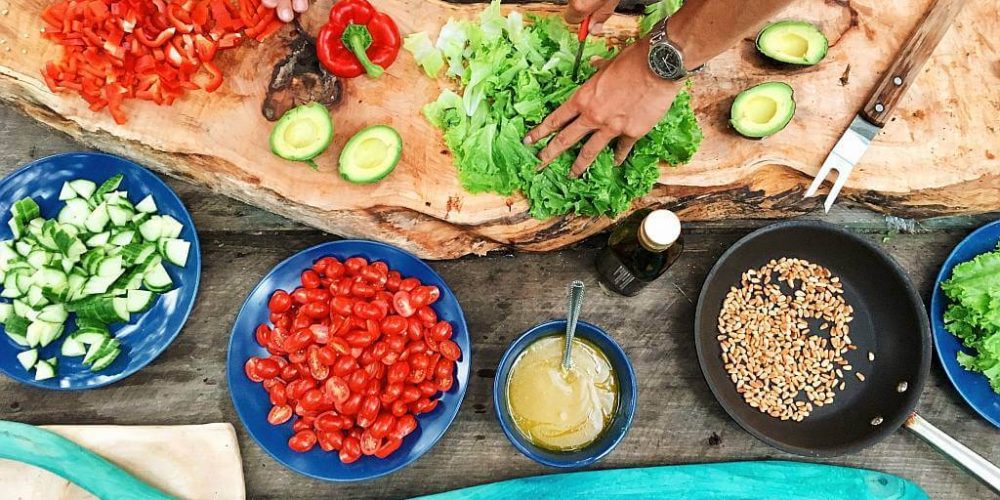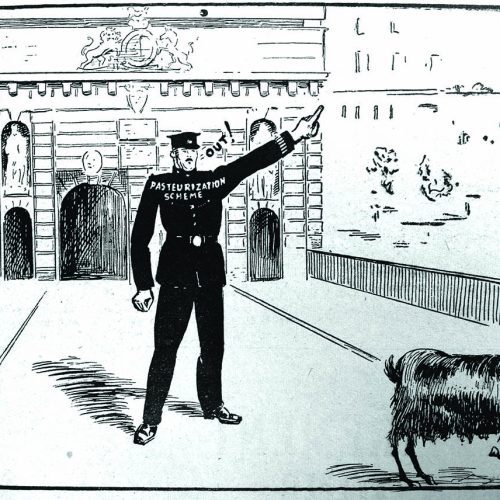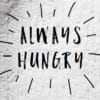Throughout the decades we have seen, tried, tested, failed, succeeded with many diets, whether it be for weight loss or just a healthier lifestyle. We have seen people miraculously shed off pounds and as quickly as they lose the weight, yo-yo back to their original weight and size!
From the Atkin’s to the Paleo and all the other similar but named differently diet FADs – you may be as curious as us to find out what is a keto diet?
It’s taken over the web over the last few words but is it really a new breakthrough? The Ketogenic diet was actually realised in 1921! Many physicians, including Hippocrates recognised fasting as an effective way to control epilepsy – once attributed to supernatural attacks from evil spirits.
William Lennox of the Harvard Medical School observed that the seizures began to subside after 2 – 3 days of fasting which led to the conclusion that the result was due to a change in metabolism, a change in the body’s fuel. He suggested that the body began fueling itself on fat and this connection – of fat as fuel in the fasting subjects – was principal in the development of the Ketogenic diet.
Cut a long story short, Dr. Peterman was the first to standardize the diet by developing the following calculations:
- 1g of protein per kilogram of bodyweight
- 10 – 15 g of carbs per day
- Fill the rest of the remaining calories with fat
So what is the keto diet?
The goal of the Ketogenic Diet is to change the fuel that your body runs on. The fuel you’re currently using is carbohydrate and when on a keto diet you want to switch to fat as the main fuel.
The change happens when the body stops relying on sugar (glucose from carbs) and begins relying on ‘ketones’ instead. Once your body realises this switch you are in the state known as ketosis.
How do you start a keto-diet?
When starting the Keto diet, understanding the ratio of fats to non-fats (or carbs) should be your first concern. Generally, the classic form of the diet suggests a ratio of 4:1 or 3:1. Some may even lessen this down to 2:1 or even 1:1.
It’s important to determine your daily need for calories and how many grams of food you will eat daily. It’s important to figure this out with a qualified dietician or consult with your physician to ensure you are not putting your health at risk.
What do you eat in a keto diet?
Fats:
fats are the most important part of the keto diet to effectively reach the state of ketosis. Fats will replace the carbs in your keto diet; a consumption of 70% fat is often recommended. Consume healthy fats such as grass-fed butter, avocado oil, olive oil, coconut oil, yoghurt, milk, cheese…
Protein:
if anyone ever said they were constantly hungry during the kept-diet, they obviously hadn’t done their homework. If you think you need to starve, you’re setting yourself up for failure. Consume enough protein (but not too much as this would send you out of ketosis). Try fatty fish like Salmon, Tuna and other meats including poultry, red meat, pork and eggs.
Vegetables:
when consuming vegetables during the keto-diet you must source vitamin-rich and low carbohydrate veggies. Seek out leafy greens and other vegetables that grow above ground.
Fruit:
Fruits are great for keto-diet as they have a low-calorie count and low carbohydrate count – and are packed with minerals, vitamins and anti-oxidants. Go for fruits that are low in sugars like strawberries, blackberries and cantaloupe.
There are many controversies and myths around this diet and we always recommend you speak to a professional before starting any special diet.
Have you got some Keto-Diet Recipes? Share your recipe with us to get featured.











